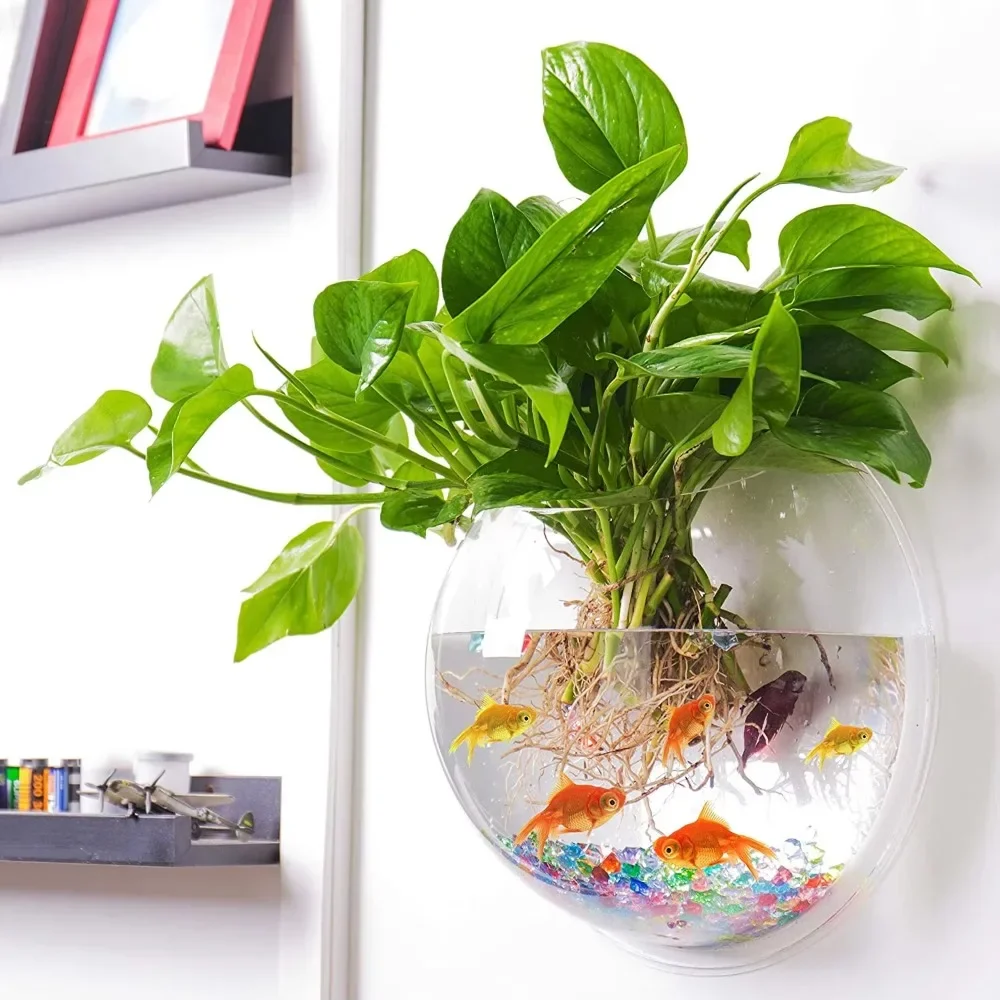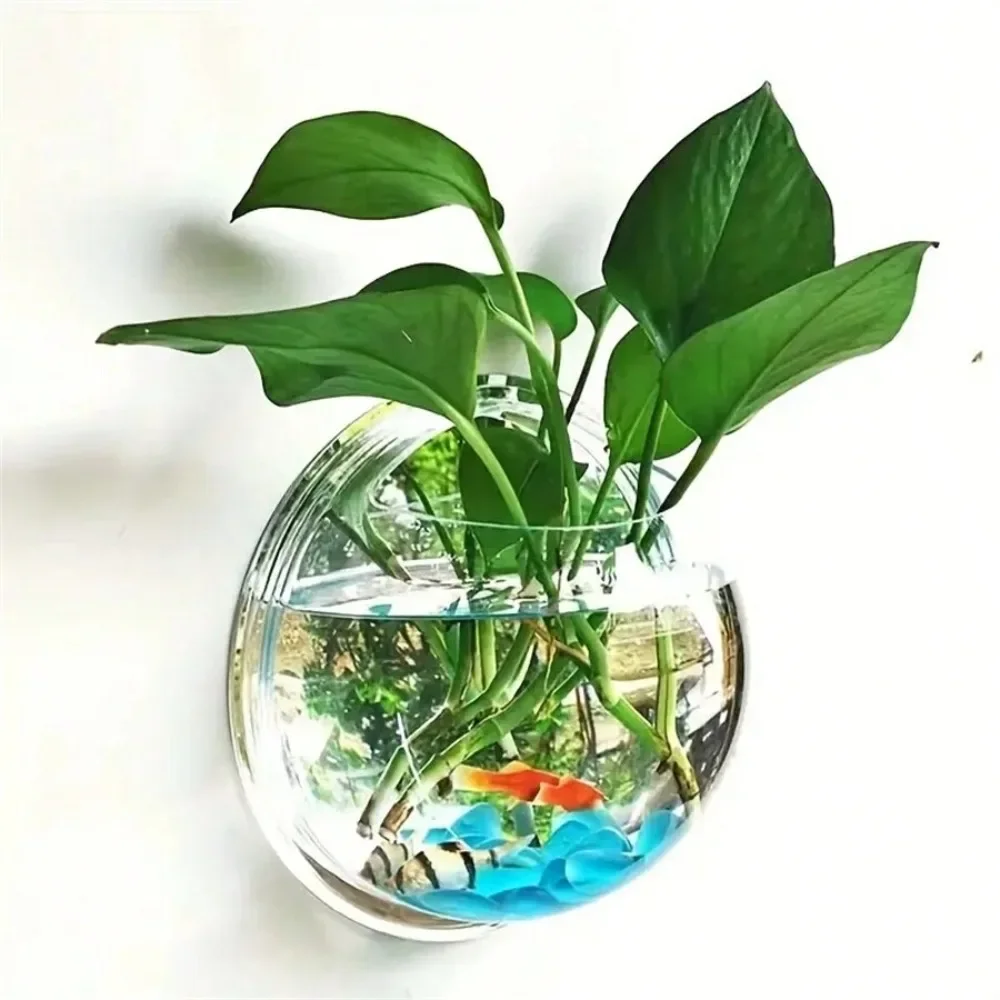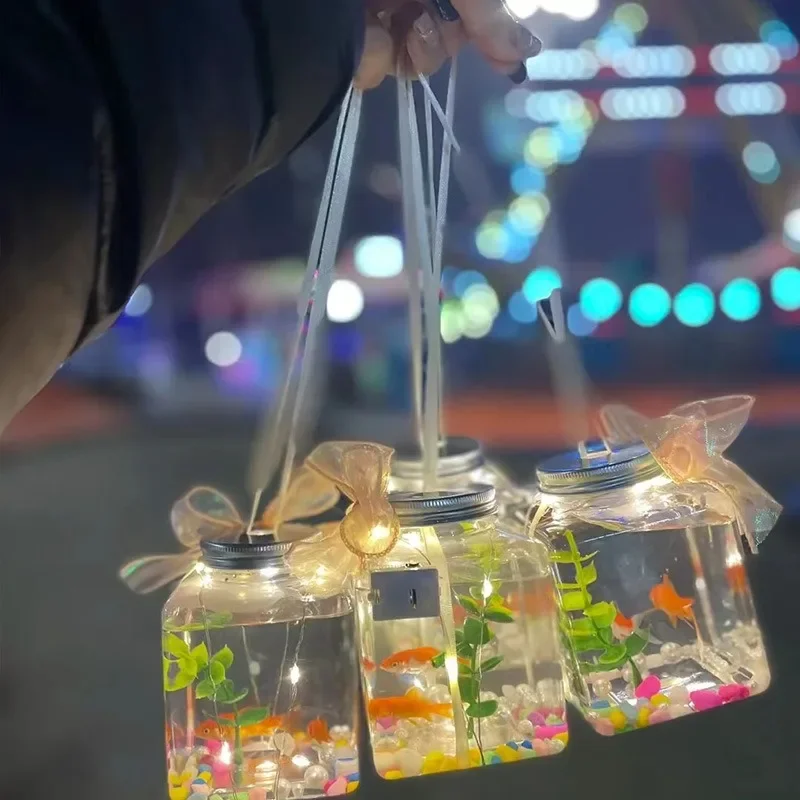Moving a fish tank can be a daunting task for many aquarium enthusiasts. Fish tanks, especially larger ones, can weigh hundreds of pounds when filled with water, gravel, and decorations. Additionally, the safety of the inhabitants must be prioritized throughout the process. This article will provide you with essential tips for safely moving a fish tank, ensuring the well-being of both your aquatic friends and the tank itself.
Assessing the Situation
Before you begin the physical moving process, it’s important to assess your current situation thoroughly. Start by determining the kind of fish tank you have, including its size and the type of fish and plants it houses. Larger tanks, such as those over 50 gallons, will require more care and planning during the move. Smaller tanks will generally be easier to transport but still necessitate adequate preparation.
Consider factors such as the distance you’ll be moving the tank, whether you’re relocating within the same building or to a new home entirely, and the specific time frame for the move. If you’re moving a short distance, you may not need to drain as much water; however, for long-distance moves, you’ll need to drain more water to reduce weight. Assessing the situation involves taking stock of the necessary supplies and gathering essentials like buckets, coolers, and aquaria-safe transport containers.
In addition, take some time to inspect the tank and its equipment for any damage or weakness. Addressing potential issues ahead of time will prevent accidents while transporting. Establish a timeline for the move, noting when you plan to drain the tank, transport equipment, and set up the tank at your new location. Creating a checklist of everything you need to do before, during, and after the move will help keep you organized and reduce stress during this potentially overwhelming process.

Preparing the Fish for the Move
One of the most significant aspects of safely moving a fish tank is ensuring the well-being of your fish. This begins with properly preparing them for the move. Start by establishing a temporary holding facility for your fish. Many fish owners invest in large plastic containers with secure lids, which are excellent for keeping fish safe during transport. Make sure to fill these containers with tank water and keep the environment stable as much as possible.
Consider placing your fish into the temporary containers the night before you move, so they can acclimate to their temporary home. It’s essential to avoid overpacking these containers; overcrowding can lead to toxic levels of ammonia and stress among the fish. Ideally, each container should hold only a limited number of fish depending on their size. If you have delicate species, it may be best to house them separately.
Use a fish net to gently catch the fish without causing stress, and quickly transfer them into their temporary containers. Be mindful of the water temperature to avoid shocking the fish. As the containers will be exposed to ambient temperature during transit, it’s essential to monitor and maintain suitable conditions. Insulating the containers with blankets or towels can help keep water temperatures stable during the move. Make sure to have aeration devices or battery-operated aerators on hand to keep oxygen levels adequate if the duration of transport is extended.
Draining the Tank
Once your fish are settled in their temporary homes, you will need to begin draining the tank, which is a crucial step before moving. Start by unplugging all electronic equipment: heaters, filters, and lights. This ensures safety and prevents any damage to the electrical components during the move.
Next, use a siphon to drain the water from the tank. If you have a large aquarium, consider saving some of the water in containers for later use to maintain a healthy environment for your fish once you set up the tank at your new location. It may be beneficial to keep about one-quarter of the tank water since this will contain your beneficial bacteria essential for maintaining a stable aquarium ecosystem.
Remove decorations, substrate, and plants with care. Coral ornaments and live plants should be placed in containers filled with some of the drained water to keep them wet. Adjust your actions based on the specifics of your tank, whether it’s freshwater or saltwater, and remember that live rock or coral should be kept moist as well.
Cleaning the tank can be done afterward, but ensure you don’t use any harsh chemicals that could leave harmful residues behind. A good rinse with warm water or a vinegar solution will help eliminate algae and other unwanted residues. Once the tank drain, inspect it for cracks or weaknesses; if you find any, consider repairing them before moving to avoid unwanted leaking.

Packing the Tank and Equipment
After draining the tank and removing decorations, it’s time to focus on packing the tank and its associated equipment. The aquarium tank itself is the most fragile component and requires special care. If you have the original box that the tank came in, it’s best to use that for transport. If not, consider using a large blanket or foam padding to insulate the tank during transit.
Placing the tank upright is generally the safest position, as laying it flat can lead to stress fractures or cracks. Secure the tank with straps or rope to ensure it doesn’t move around during transportation. Having a second person to assist in holding and transporting the tank can significantly reduce the risk of accidents.
Setting Up the Tank at Your New Location
Once the fun but laborious process of transportation is over, it’s time to set up your tank at its new home. Before moving the tank, decide on the best location for it based on factors like natural light, temperature fluctuations, and proximity to electrical outlets. Relocating a fish tank is an opportunity to redesign your aquarium, so think about how you’d like to arrange the substrate, rocks, and decorations to create an even better environment for your aquatic life.
Begin by placing the tank on a sturdy, level surface with enough weight-bearing capacity to handle its fullness. It’s essential to keep the tank out of direct sunlight to minimize temperature fluctuations and reduce algae growth. Start by reintroducing the substrate, followed by the decorations and plants. A beautifully designed tanks should not only serve aesthetic purposes but also provide hiding spots and open swim spaces.
Monitoring the Tank and Fish After the Move
After successfully setting up the tank and reintroducing your fish, the monitoring phase begins. The first few weeks after a relocation can be a stressful time for both the fish and the tank itself. Keep a close eye on your fish for any signs of stress, such as erratic swimming, lethargy, or refusal to eat.
Conduct regular water tests for ammonia, nitrite, nitrate, pH, and temperature. It’s normal for water parameters to fluctuate after a move, especially if you introduced new water or aged water from your previous setup. Be patient during this adjustment period; if levels become dangerously high, consider performing a partial water change to help balance the system.

Conclusion
Moving a fish tank safely can be a multifaceted endeavor, but proper planning and execution can ensure a successful transition for both the tank and its inhabitants. By assessing your specific situation, preparing your fish, draining and packing your tank properly, setting it up thoughtfully, and closely monitoring the environment after the move, you can minimize stress and safeguard the health of your aquatic friends. Embrace the new chapter for your aquarium, and remember that investing time and attention now will lead to a thriving aquatic habitat in your new home. Happy moving!










